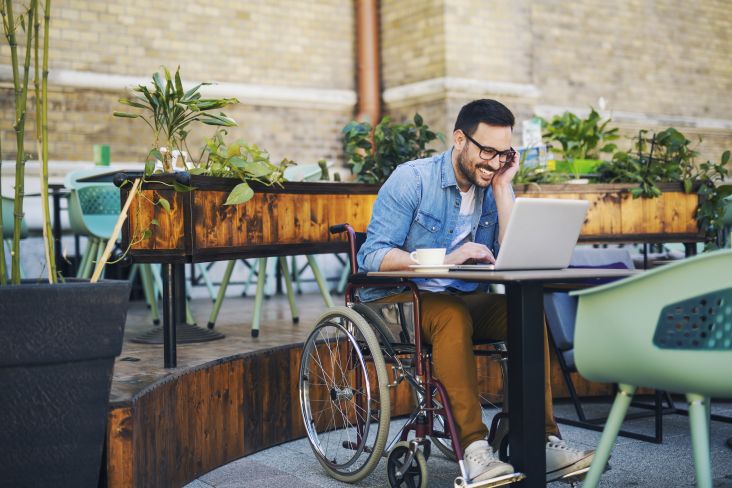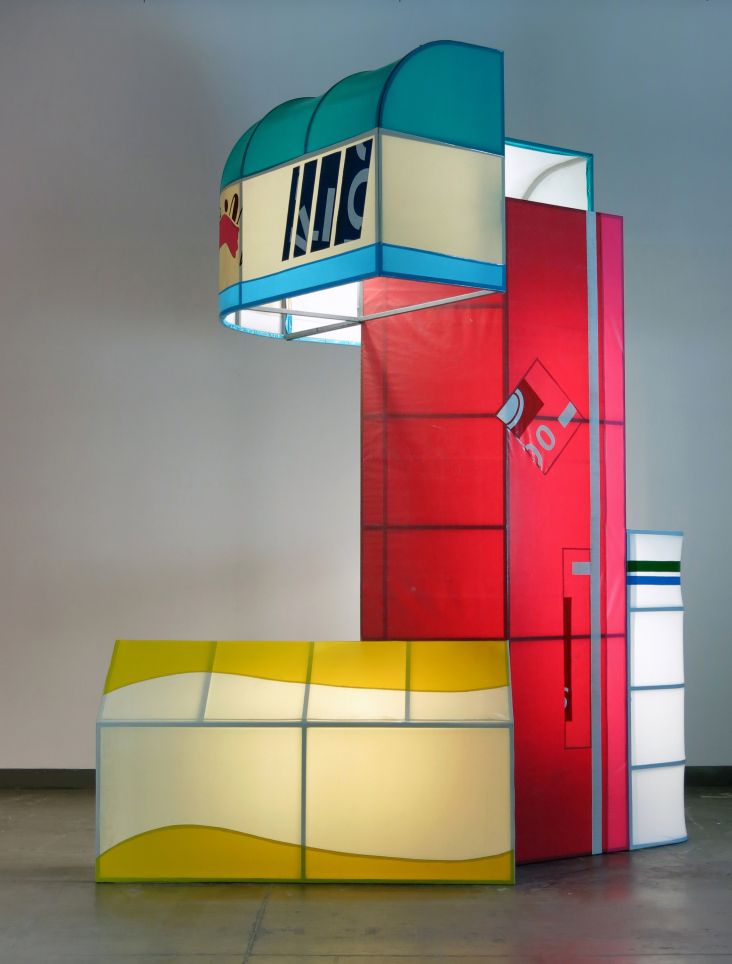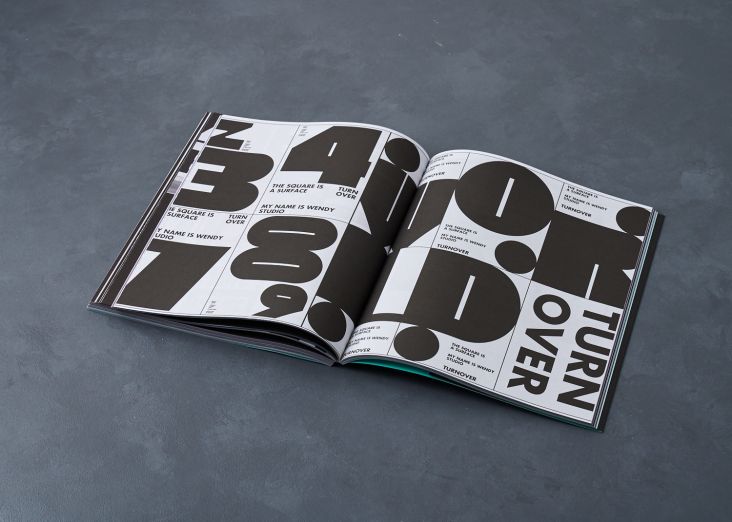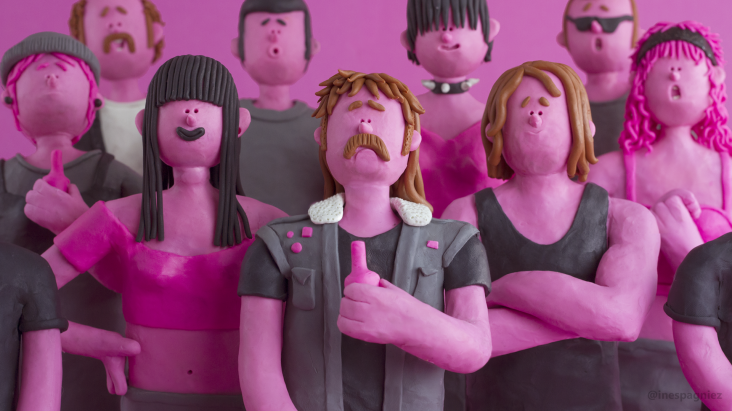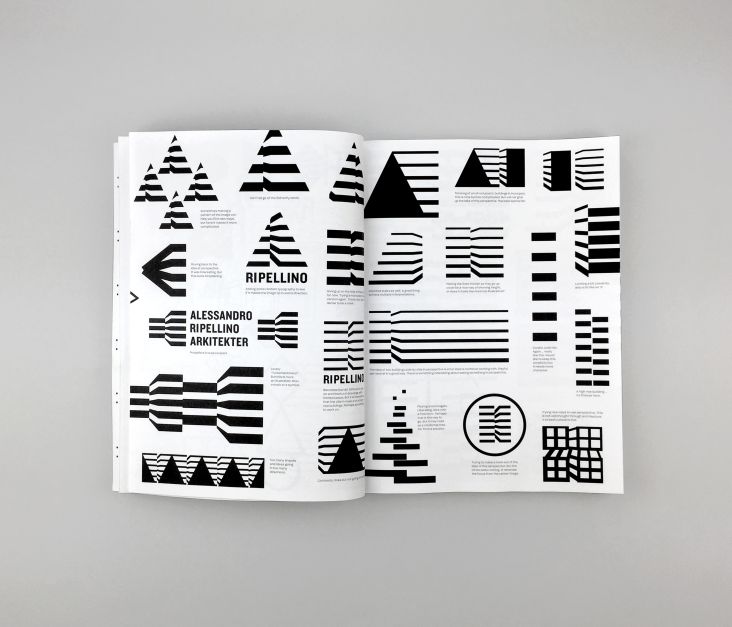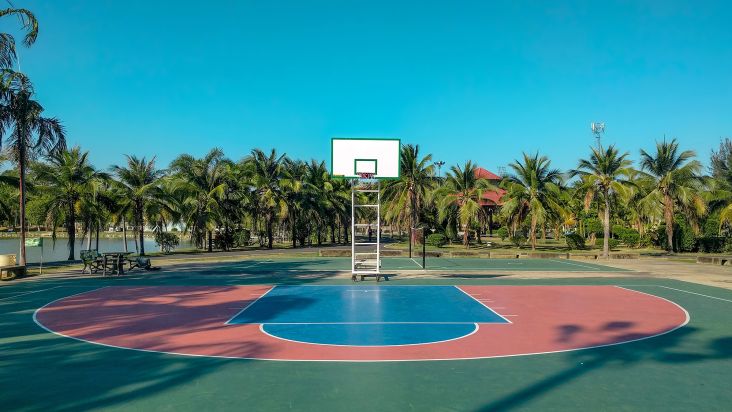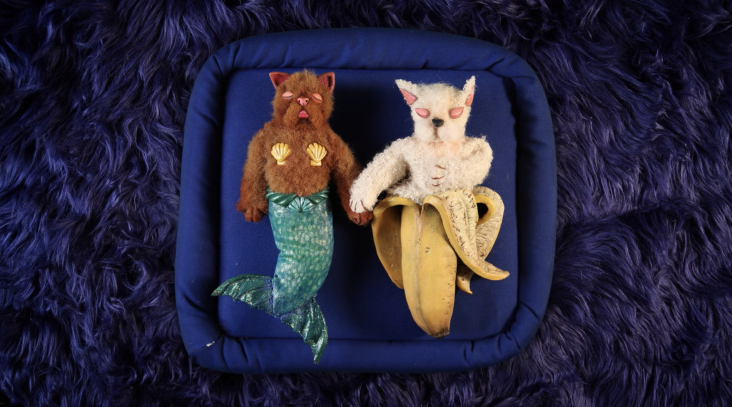Why the ever-forward-thinking design collective Universal Everything runs a studio like a band
'Collective' is a word bandied about a lot these days – it feels, perhaps, a little more utopian than 'agency' or even 'studio'.
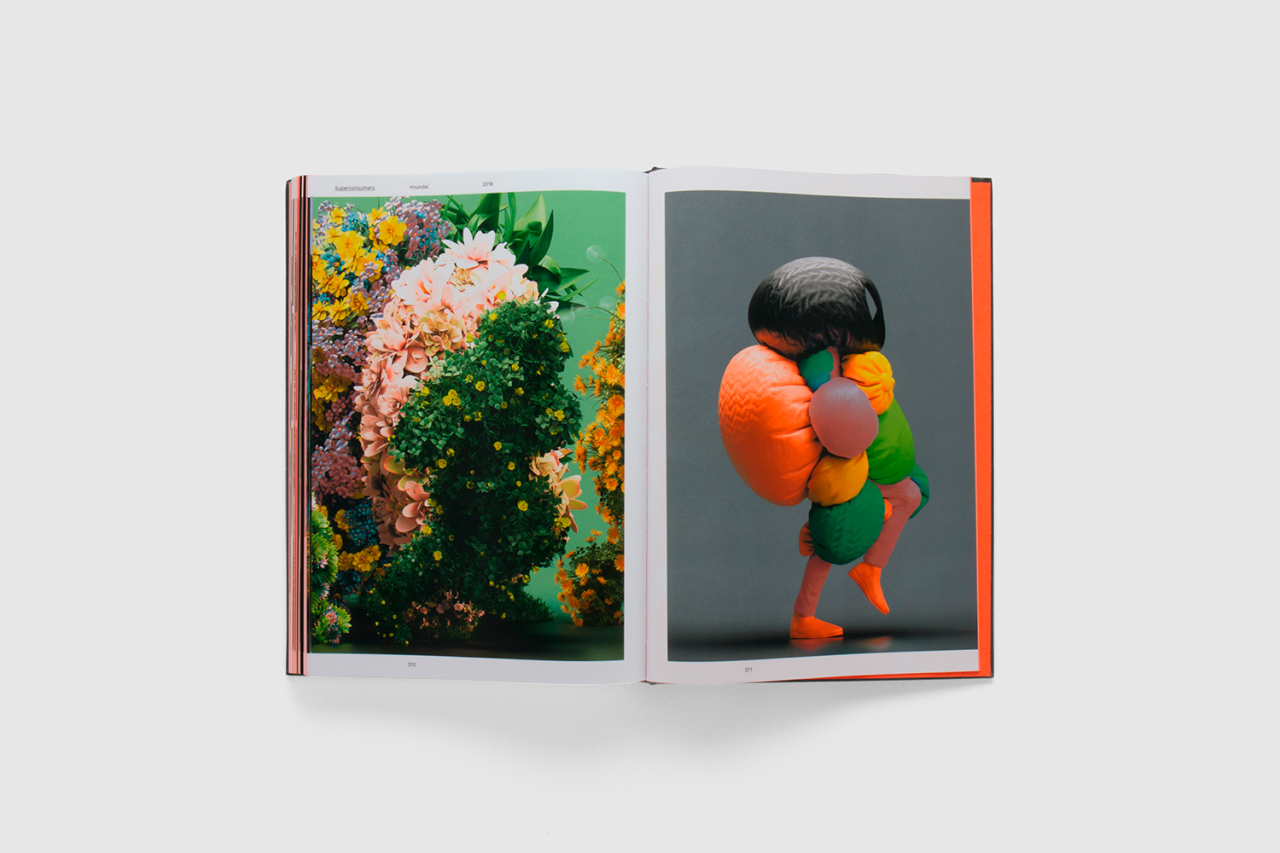
But Universal Everything, ever the purveyors of forward-thinking design work and immersive experiential, multimedia pieces before the term 'immersive' became one applied to nigh-on everything, has worked as a collective since its inception 15 years ago. The term, to founder Matt Pyke, means that the studio can encompass a global network of practitioners from various skillsets including video artists, experience designers and "future thinkers".
The core team is now just two to four people, and with each project the team expands according to its needs, bringing in people from across the world to bring to life breathtaking tech-based pieces for brands and institutions. Apple, the Barbican, Chanel, MTV, Nike, Radiohead, Vice and Warp Records are among its enviable client list; and UE’s work has been exhibited by museums and galleries worldwide and is held in the Borusan Contemporary Art Collection; while its VR explorations have premiered at Sundance Film Festival.
The "collective" structure was initially born of necessity rather than choice: Pyke is based way out in the sticks near the Peak District, and the only consistent team members and he and his brother, sound designer and musician Simon Pyke, and studio manager Simon Thompson.
While UE regularly works with animator Chris Perry, the rest of the gang are described as a "family" that can range from four or five people per project to around 30 or so, including musicians, filmmakers, programmers, animators and more. "We change our formation according to each project,” says Pyke. "Our work is so varied that we need to form a different team for each project. "If I’d have started it in somewhere like London I’d have hired a studio and we’d have worked in the same room, but being up north means you can create a global community through things like Skype. We were one of the first to do that, creating a remote network to build ambitious projects."
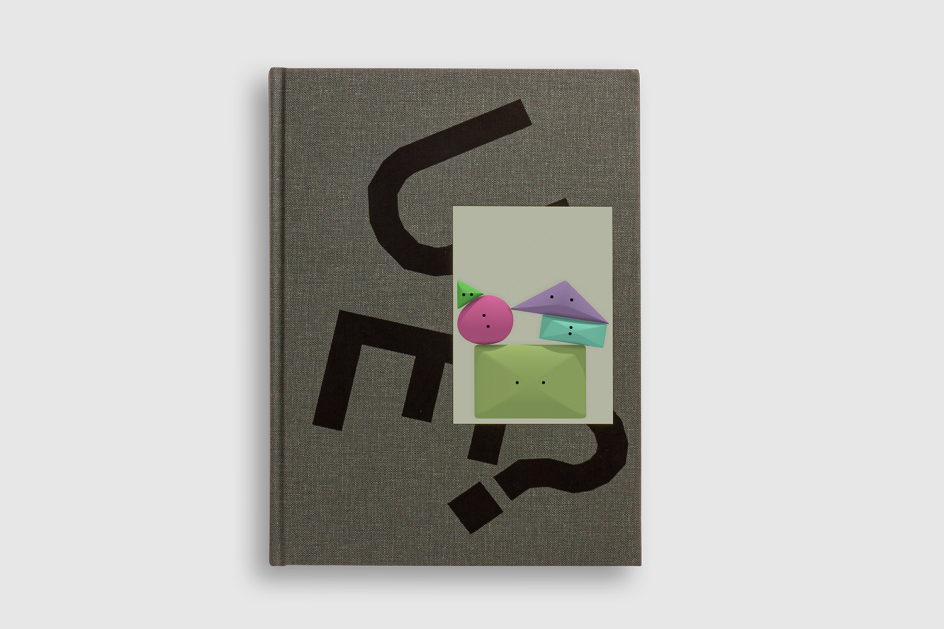
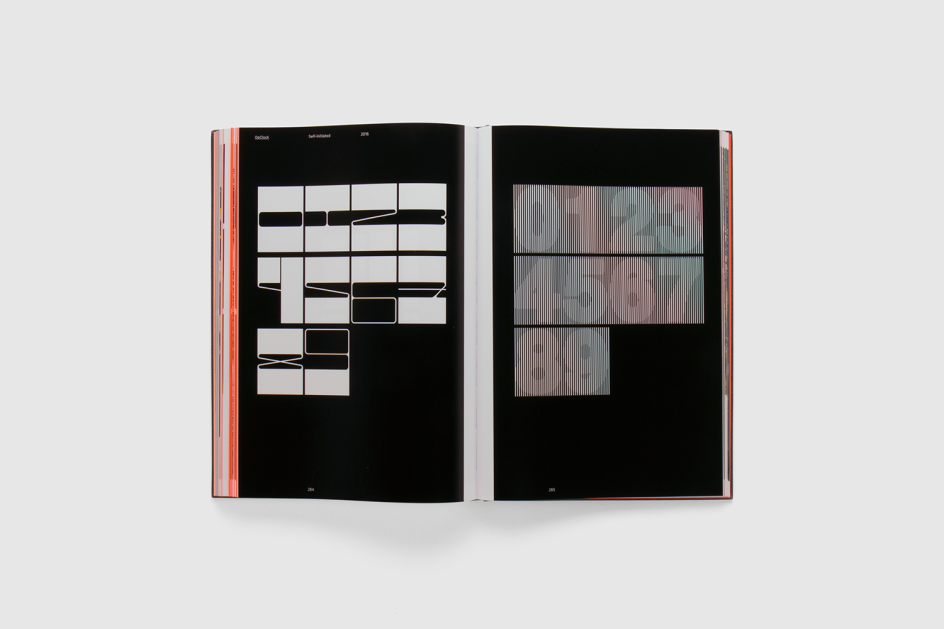
Over 15 years of running UE, that community has been discovered variously through portfolios in the early days; and now through the likes of Instagram. "At the start, I was posting DVDs to people," says Pyke. "Now it’s so much easier, with online video shareability, video chat, screen sharing – it’s so easy to collaborate remotely."
Now, a new monograph on Universal Everything has been published by Unit Editions. Entitled What is Universal Everything?, the book is edited by Unit Editions' Adrian Shaughnessy and Tony Brook, whose studio Spin designed it; and each one features a unique postcard created using generative tech. "We developed software to generate random combinations of shapes, colours and sizes with collision detection," Pyke explains. "Thousands of unique graphic compositions have been generated... Everyone will own a one-off."
What is Universal Everything? presents 24 of the studio’s client projects as well as essays, interviews, 90 pages of Pyke’s hand-drawn sketches and explanations of the studio’s inspirations from music to literature, places and food. The book also focuses on several of UE’s self-initiated projects that keep the studio pushing forward. "These speculative explorations," says Pyke, "are concerned with trying to invent the future before we get there."
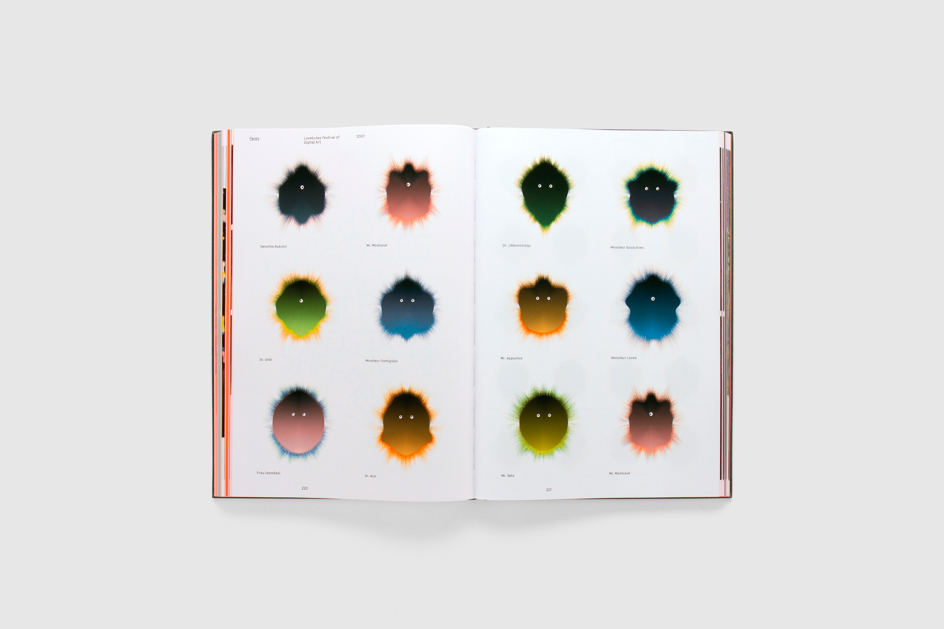
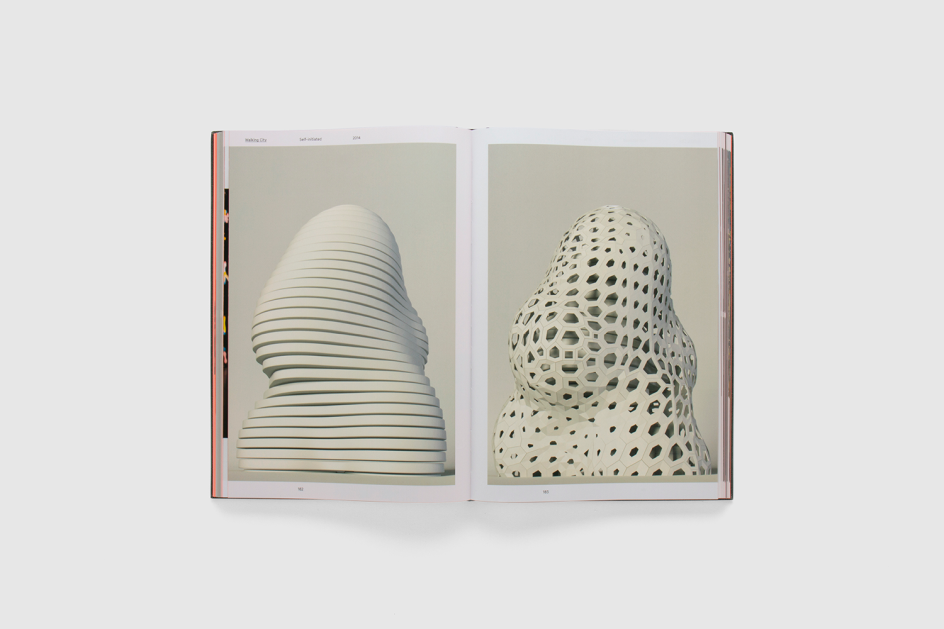
While it certainly looks beautiful, it must have been something of a challenge to represent UE’s very digital and motion-heavy works into print. But putting together the book was a pleasant departure for Pyke to return to his background in print design, having cut his teeth working on projects such as record covers for iconic label Warp. "It was nice to go back full circle to do a physical project that captures everything we did and capture moving image on screen," he says. "It was nice to look at that chapter and have a viewpoint on that: most of our work’s on Dropbox, so it was nice to have a physical object, not just links."
He adds: "One thing we didn’t want to do was pages with lots of storyboard frames. As I come from a print background, it was about taking still frames from pieces of work that stand alone as single images. Making the book has highlighted threads recurring throughout our work, such as using human forms and abstract living forms; and just the sense of always trying to work to the edge of tech so VR and so on, and combining that with human forms that everyone can relate to."
To best represent UE’s work, the vast majority of the project imagery has been re-rendered at high res, “allowing the full majesty of Universal Everything’s screen-based work to be captured on the printed page,” as Unit Editions puts it.
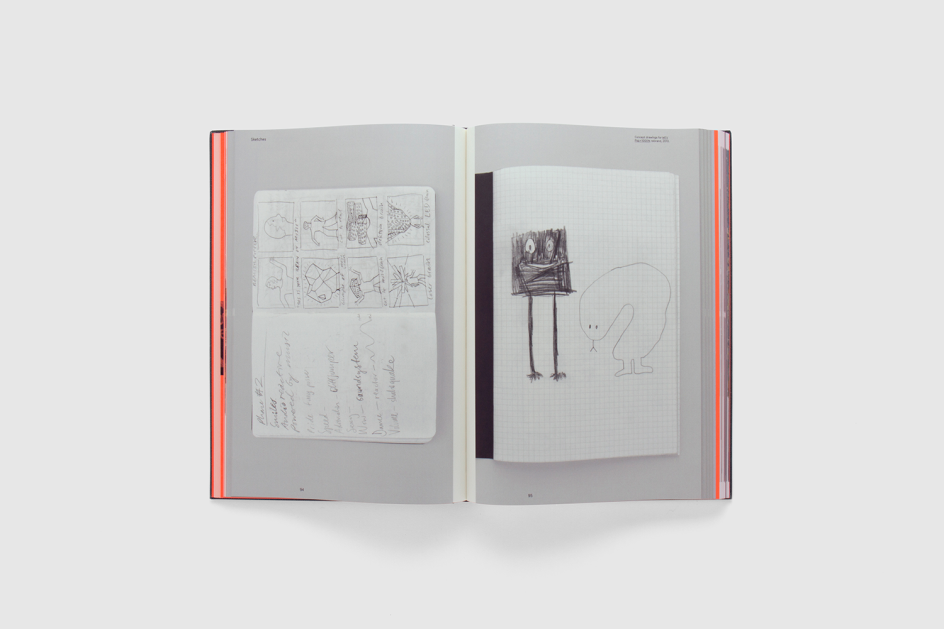
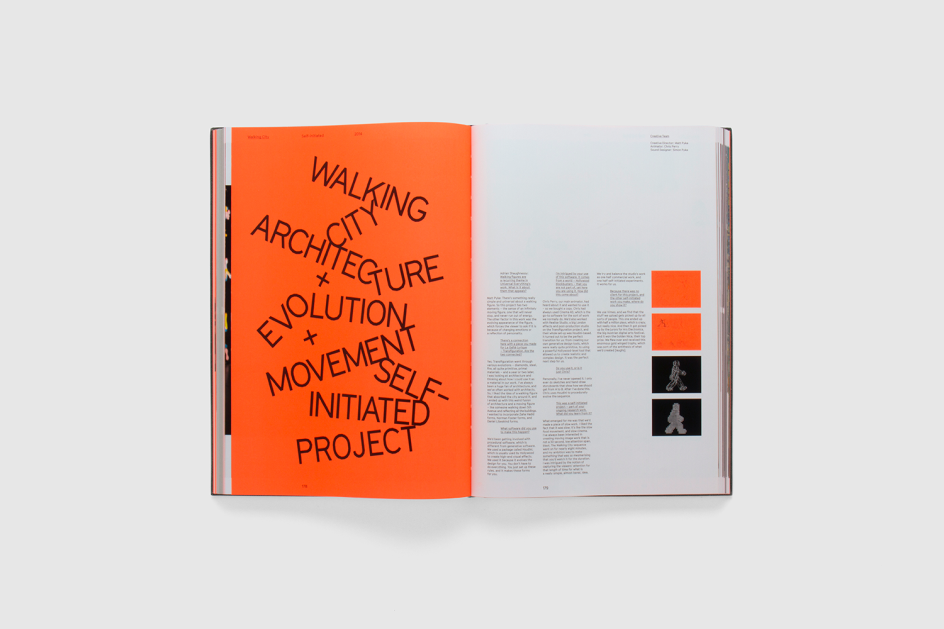
Rapid changes in tech have also meant that the way the team approaches its projects has changed. The cost of screens has fallen as they’ve become increasingly ubiquitous (most of us carry around one pretty much all the time), and this has meant that UE can adapt its work in ever-more ambitious ways. "We might work with an architect to incorporate a screen into a building or advise an architect about how to integrate screens into their architecture, but the most important thing is to develop video content in a way that integrates beautifully into the building itself," says Pyke.
A recent example of this is UE’s Superconsumers project for The Hyundai: a digital pop art for a 30-metre-high department store LED video facade in Seoul, South Korea. "Superconsumers is a response to the luxury consumer products on sale within the department store,” says UE. "[We] created a series of extreme digital-pop-art amplifications of these products, bringing them to life as a diverse, animated parade of characters – from metallic puffer jackets to elaborate jewellery, gastronomical creations to bold floral arrangements."
It’s interesting to consider how normalised such screen-based brand work has become in such a short period. We don’t blink on seeing, say, a large video wall in Primark; or animated ads on public transport, but such developments are remarkably recent in the grander scheme of design work. As such, there are more and more studios and creatives making such work. What’s that meant for UE’s approach? "There are more people making stuff now and everything looks so glossy and realistic," says Pyke. "The style of animation and stuff is so high end but there’s so much polished sounding music and TV, but at the end of the day it’s the idea and the inventiveness that counts. It’s the idea, and the originality of that idea that’s important – not how polished it looks."
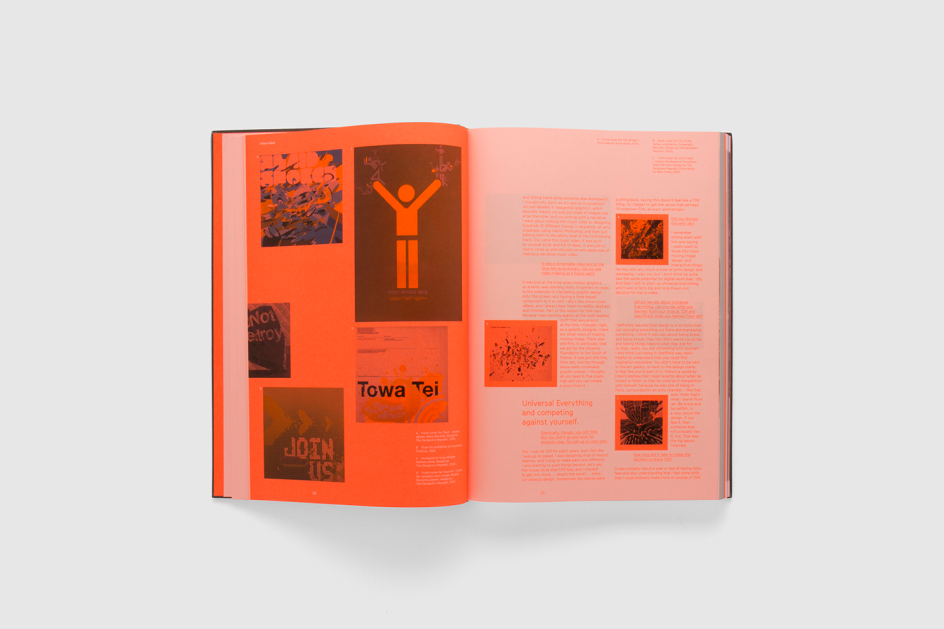
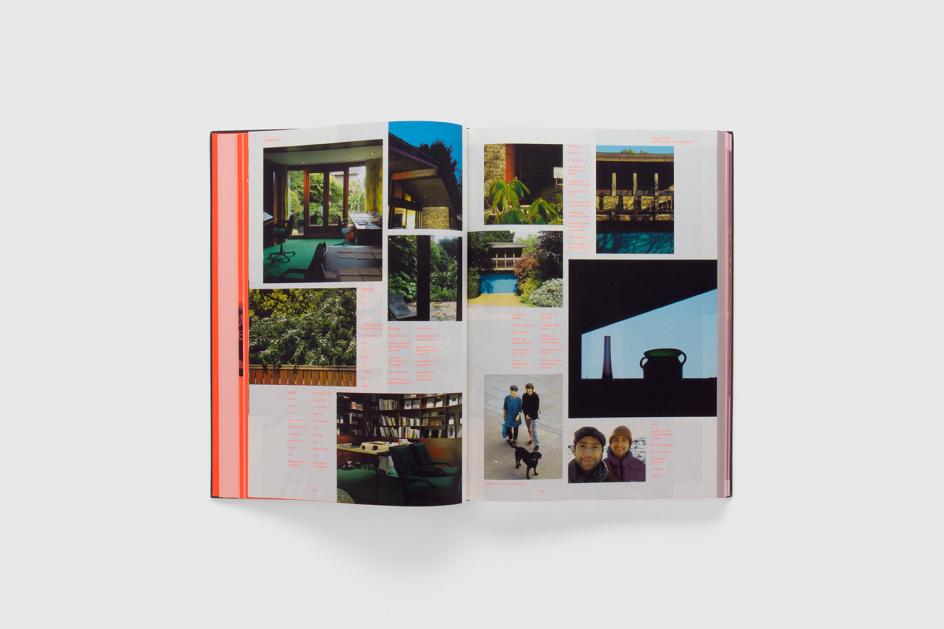
Considering the hi-tech approach of UE, it’s interesting to note that Pyke studied technical and botanical illustration, before moving into studying graphic design, though those early interests occasionally seep through, such as in its work for Sydney opera house. "It was hand-drawn as an intentional revisiting of that soulful human touch," he says. "I always have to collaborate with a lot of programmers working with design as a lot of projects need people beyond my skillset. So finding VFX people who’d come up with crazy boundary-pushing stuff is how I got into the tech side. I can’t program or anything; but it’s important to have an understating of that side of it, even just so that you can better direct when working with a programmer."
So should designers at least be able to code, or understand some of that language? "The problem is becoming a 'Jack of all trades, master of none'," says Pyke. "Find the thing you’re good at."
While 15 years isn’t a vast period, the rapid changes in digital have been extreme in less than two decades. And as for where the future lies in terms of the sort of projects UE is looking towards, Pyke reckons it’s all about harnessing VR for good–namely healthcare.
"VR is interesting as it can put you in an astronaut’s shoes or an atom’s shoes, but how you can use VR and multi-sensory experience design for healthcare is interesting," he says. UE has recently worked on consultancy for children’s hospitals to create tech that helps patients relax during potentially stressful experiences – "distracted through sight and sound to be treated more quickly and heal more quickly and get out of the hospital," he explains, "so there’s something about bringing digital art into healthcare that’s really important."
To varying degrees of success, VR has been something of a stalwart in the last couple of years when it comes to art and design projects; yet it’s rarely done with the skill that truly transports the viewer. s such, Pyke sees the future of tech in those spheres as AR: "it might be that you’re just wearing glasses but can see maps on the floor; or Snapchat masks on your friends' faces!" he says, only half-joking. "We’ll be seeing more immersive experiences, so it’s like stepping into the screen."
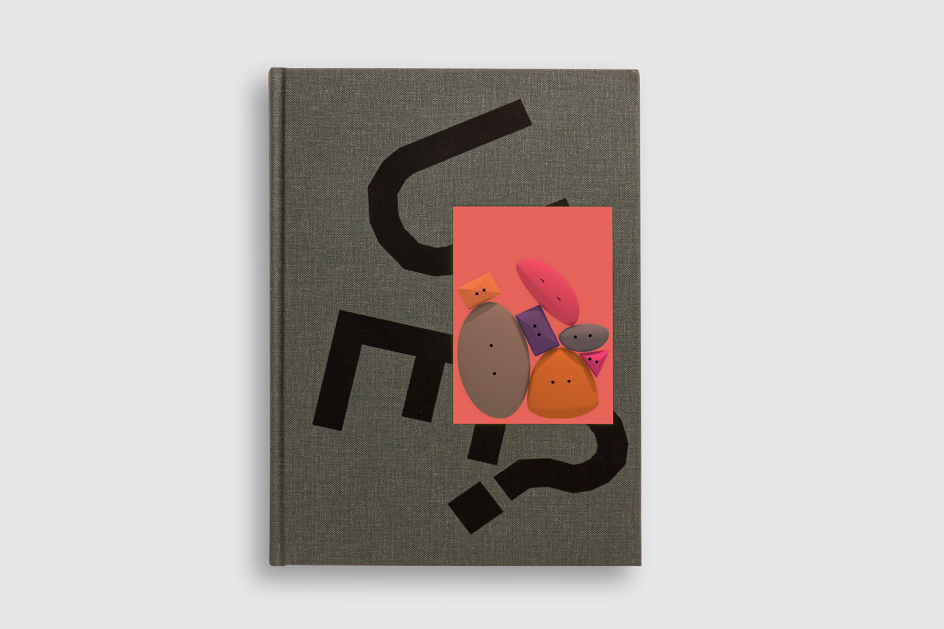
When it comes to creating such pieces for brands, the tricky part is making activations that the viewers can actively share; not just the usual, phone pic on Instagram, pop on a hashtag approach that’s rapidly becoming a slightly wearing trope. "Installation type screens mean you have to be there, so people are sharing those differently," says Pyke. "You’re creating unique experiences: you can’t just look at photos online, you have to be there."
Alongside its "collective" model, what sets UE apart is its rigid approach to selecting work and clients. “We stay as small as possible as a studio: if you have to grow too quickly, you end up taking on lots of boring work. We only want to do work that we’d put on the front page of our site.
"I see running the studio as like a band – a band doesn’t grow by hiring four drummers and three guitarists. It’s another way of resisting growth; and bringing in different people like session musicians. That’s how you find soulful ways of representing humanity through technology."




 by Tüpokompanii](https://www.creativeboom.com/upload/articles/58/58684538770fb5b428dc1882f7a732f153500153_732.jpg)

 using <a href="https://www.ohnotype.co/fonts/obviously" target="_blank">Obviously</a> by Oh No Type Co., Art Director, Brand & Creative—Spotify](https://www.creativeboom.com/upload/articles/6e/6ed31eddc26fa563f213fc76d6993dab9231ffe4_732.jpg)









